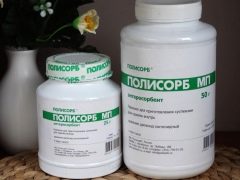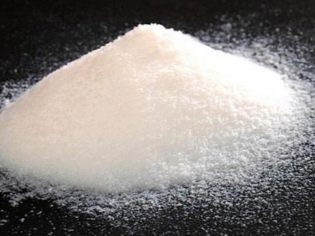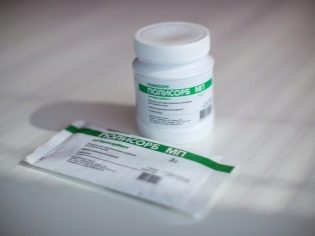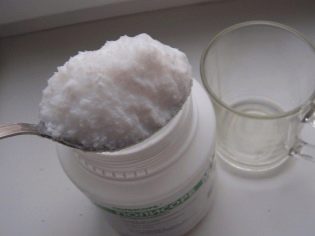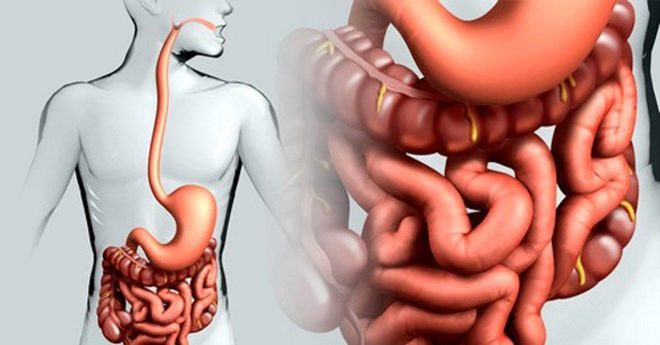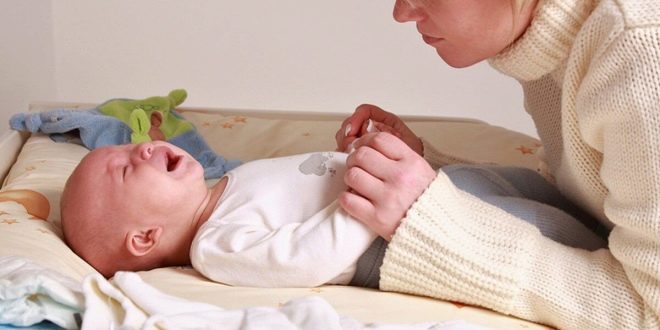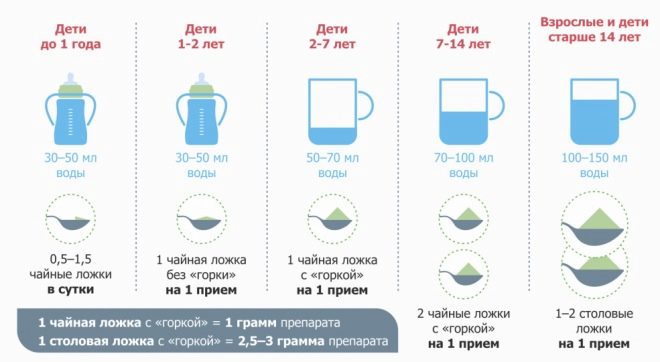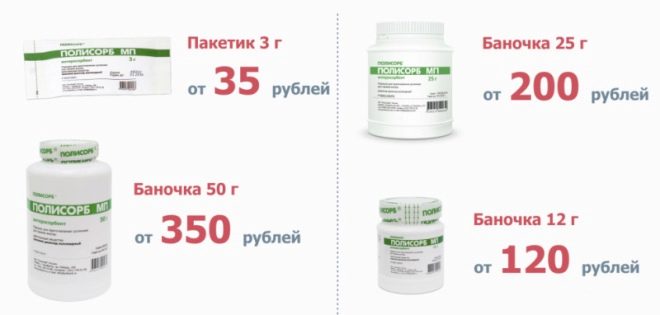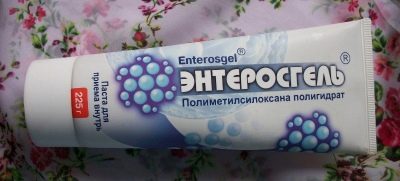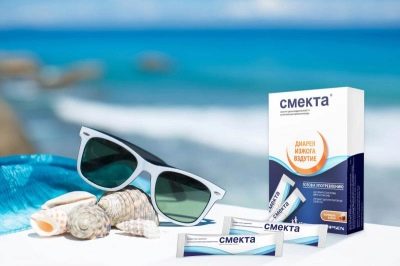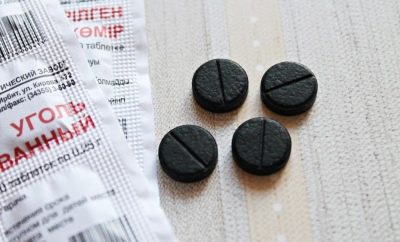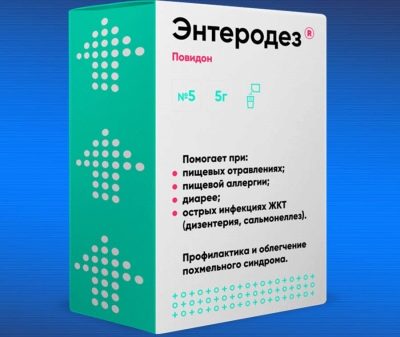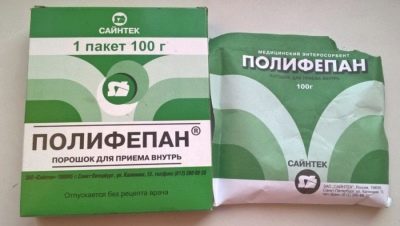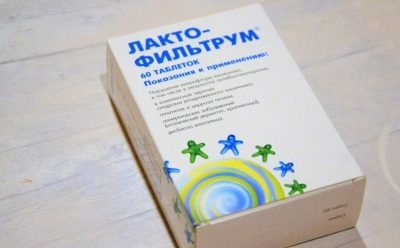Polysorb for children: instructions for use
Polysorb is an active sorbent that binds bacteria and toxic compounds when it passes through the stomach and intestinal tract. This is a universal remedy. It can absorb various toxins, medicines, toxic substances, harmful exchange products, allergens, and so on.
Officially, the drug is called "Polysorb MP", but in use the last letters of its name are often omitted. Therefore, parents need to know that "Polysorb" - this is the sorbent called "Polysorb MP". Two large letters help to distinguish it from the version used by veterinarians for the treatment of animals - "Polysorb VP".
The sorption properties of Polysorb are very high. It absorbs several times more harmful substances than activated carbon, aluminosilicates, lignins and other silicon-based products. This causes a wider scope of this drug and its inclusion in the treatment regimens not only poisoning and digestive problems, but also colds, allergic diseases, ARVI and other pathologies.
Release form
Polysorb is represented by a single dosage form, which is a powder. From it, during the treatment, a suspension is prepared, taken by the patient inside. The drug is produced in plastic cans of 15, 25, 35 and 50 grams. In addition, there is a "Polysorb" in portion bags. Each such bag contains 3 grams of powder.
The drug itself is an amorphous light powder mass that does not smell. It has a white color, but sometimes there is a bluish tint. By mixing such a powder in water, a white suspension is obtained. In the form of tablets, gel, capsules and other forms of "Polysorb" does not exist.
Composition
The main and only ingredient Polysorb is called colloidal silicon dioxide. Other components inside the bag or jar are missing.
Operating principle
Inorganic substance, which is the basis of "Polysorb", refers to the effective sorbents. It does not have any selectivity, that is, it can be combined with a variety of substances. Due to this non-specific action and a significant absorption capacity, the powder binds toxins and other substances, and then helps to remove them from the body, which is the reason for the Polysorb detoxification effect.
The drug is able to absorb both exogenous substances that have entered the patient's body from the external environment, and harmful endogenous compounds that form inside the body. In particular, Polysorb is effective in binding and breeding:
- viral particles;
- pathogenic bacteria;
- excess cholesterol and lipid complexes;
- allergens that are in food;
- toxins that produce pathogenic microbes;
- pathogenic fungi;
- radionuclides;
- bilirubin;
- ethanol;
- heavy metal salts;
- poisonous substances;
- urea and creatinine;
- medication;
- biological substances that are formed in excess during intoxication.
At the same time, the active component Polysorb cannot be absorbed in the intestine and does not undergo any metabolic changes in the body. It leaves the digestive system unchanged.
Indications
Given the effect of "Polysorb" on the body, such powder is prescribed for:
- intoxication of any genesis (both in chronic and acute), which is manifested by fever, headache, nausea, diarrhea, vomiting and other symptoms;
- an intestinal infection provoked by both pathogens and fungi or viruses;
- food poisoning when the patient ate the spoiled food;
- dysbacteriosis;
- cold, SARS or flu;
- an active inflammatory process and purulent infections, for example, burns and purulent wounds;
- acute poisoning with any poisonous substances, including ethanol, heavy metals and drugs;
- food allergies, pollinosis and other allergic diseases;
- an increased level of bilirubin, which happens with hepatitis, hemolysis of red blood cells or for other reasons;
- psoriasis, acne, eczema and other dermatoses;
- impaired renal function to reduce the concentration of nitrogenous substances.
At what age is children prescribed?
Use of "Polysorb" is allowed from birth. This sorbent is called safe for infants and one-year-old children, as well as for children aged 2-3 years and older.
Contraindications
Despite the fact that "Polysorb" is used at any age and is considered harmless, it is still not used in some cases, so it is correct to give such an enterosorbent to a child only as directed by a doctor. Treatment is contraindicated for children:
- with exacerbation of gastrointestinal ulcers;
- with intestinal atony;
- with bleeding from the stomach or intestines;
- with individual intolerance to the active ingredient.
Side effects
Although very rare, but Polysorb can provoke allergic reactions. In addition, some children develop constipation after taking the powder.
In such cases, the drug is immediately canceled and a similar remedy is selected, to which the child reacts normally.
Instructions for use
The drug is taken as a suspension, stirring the powder in pure water, juice, milk or other beverage. The drug should be drunk quickly immediately after mixing the drug with the liquid. Usually, Polysorb is recommended to be given to children separately from meals - either one hour before meals or one and a half hours after it. However, if the reason for taking the sorbent is food allergy, the powder diluted with water is recommended to be given during meals.
The medicine is used for children three times a day. To determine the single and daily dose, it is important to know how much a small patient weighs.
- With a baby weight less than 10 kg For one portion of the medication, take half a teaspoon of powder and 30-50 ml of liquid. Having stirred the medicine, it is given to the little one to drink from a spoon or from a syringe without a needle.
- If a child weighs from 11 to 20 kg, then at one reception he needs one teaspoon of “Polysorb”, but it is picked up without a “hill”. This amount of powder is poured into 30-50 ml of water and actively stirred.
- With a patient weight from 21 to 30 kg a single dose of the drug will also be one spoon, but it should be recruited with a "slide". This portion is about 1 g and stirred in 50-70 ml of liquid.
- If the child weighs between 31 and 40 kg, then a single dosage is doubled, that is, they give this patient 2 g of powder each (two teaspoons scored with a “slide”). The volume of water used to prepare the suspension will be from 70 to 100 ml.
- With a patient's body weight from 41 to 60 kg at one time requires a full tablespoon, which holds about 3 g of powder (it is recruited with a "hill"). This amount of medication should be diluted in 100 ml of water.
- If a teenager weighs more than 60 kg, 1-2 tablespoons of powder mixed in 100-150 ml of liquid will be a single dose for it.
In the treatment of burns or purulent skin lesions, the powder can be used externally. Mask with "Polysorb" also recommended to apply to acne. On the peculiarities of such topical application of medication should talk with a dermatologist.
How long to use "Polysorb" for a particular child, you need to check with the doctor. The duration of the sorbent intake is influenced by the disease, the severity of the patient's condition, and the response of his body to treatment. Most often used such schemes:
- Children with flu, intestinal infection or food poisoning Polysorb are given only a few days
- for hepatitis, the drug is prescribed for a course of 7 to 10 days;
- in acute allergies, Polysorb is continued until all symptoms disappear;
- if a child has an allergic disease with a chronic course, then the powder is used in courses lasting 7-15 days;
- in case of renal insufficiency, the medication is used for a longer period of time (the course is 25-30 days) and, if necessary, is given repeatedly with interruptions for at least 2 weeks.
As a rule, Polysorb is discontinued in 2-3 days after the patient's condition has normalized. Longer than 2 weeks, the drug is rarely prescribed, as this may impair the absorption of vitamins, calcium and other nutrients. If it is required to take medication for more than 14 days, a multivitamin is often prescribed to the child.
Overdose
There were no cases when “Polisorb” was adopted in large quantities and had a negative impact on the patient’s health. Theoretically, in the event of an accidental overdose, constipation or an allergic reaction may develop.
Interaction with other drugs
Like other sorbents, Polysorb should not be given to children at the same time as any other medicines, as this will affect their therapeutic effect (worsen their absorption). If the powder is included in the complex of therapy, then between its reception and the use of other medications should be paused for at least 1-1.5 hours.
Terms of sale
"Polysorb" is sold in pharmacies to everyone, because it is a non-prescription drug. However, it is recommended to buy a drug to treat a child only as directed by a pediatrician or another doctor. Polysorb price is affected by the amount of powder in the package. For example, for a jar with 12 g of medicine you need to pay about 200 rubles, and ten sachets of 3 g each cost about 600 rubles.
Storage conditions
The storage temperature recommended by the manufacturer is below +25 degrees. The shelf life of the drug is 5 years. After opening the package, it should be kept tightly closed so as not to collect moisture. It is permissible to keep the preparation diluted with water for up to 48 hours, but it is better to give it to the little patient right away (dilute the powder at one time) and prepare a fresh batch each time.
Reviews
On the use of "Polysorb" for the treatment of children there are many good reviews from parents. Moms note the high efficiency of the powder in eliminating intoxication, digestive disorders, skin rashes and other problems. Its disadvantages are usually not very pleasant taste and difficulty with swallowing that occurs in some babies.
Doctors, among whom Dr. Komarovsky, also speak about the preparation mainly positively, because it is actively used both in our country and abroad. According to the doctors, “Polysorb” shows its effectiveness not only in severe pathologies and poisonings, but even in acute respiratory viral infections and colds.
By incorporating this sorbent into the treatment complex, it is possible to reduce the number of other drugs and quickly improve the patient’s condition.
Analogs
If the use of "Polysorb" for some reason is impossible, other sorbents may be used instead.
- «Enterosgel». This drug in the form of a gel-like white paste with a neutral or sweet taste is produced in tubes and sachets. Its effectiveness as a sorbent is due to a special hydrophobic matrix having a silicon-organic porous base. The tool without taste can be used at any age, and Enterosgel with sweeteners is used for patients older than one year.
- «Smecta». This well-known drug contains smectite.It attracts parents with its safety for children of any age, high efficiency, convenient portioned form of release and natural origin. The drug is released in bags, inside of which is the finished suspension or undiluted powder. "Smecta" is in demand for poisoning, allergies and many other problems.
- «Activated carbon». This popular sorbent has a rather large active surface, therefore it is often prescribed for toxicoinfections, vomiting, poisoning and other problems. Due to the low price and availability in pharmacies, this drug is most often included in the home first aid kit.
- «Enterodez». This Russian-made sorbent is sold in bags in which powder is placed. Its action is provided by a substance called povidone, able to absorb toxic and toxic substances, and then remove them from the body. This medication is prescribed for burns, diarrhea, severe kidney disease, infections and other diseases. It can even be given to a newborn, for example, with toxemia or jaundice.
- "Polyphepan". For the manufacture of this powder, coniferous wood is used, from which hydrolytic lignin is obtained. The tool is prescribed for children of any age with rotavirus, dyspepsia, burns, allergy symptoms and other ailments.
- «Lactofiltrum». These tablets also contain lignin, but it is supplemented with a second active substance, which is lactulose. Thanks to these components, the drug not only absorbs toxins, microbes and allergens, but also stimulates the reproduction of beneficial bacteria. The drug is used in atopic dermatitis, dysbiosis, hepatitis, rotavirus, Giardia infection and other pathologies. At children's age he is appointed from 1 year.
On how to take polysorb, see the following video.
